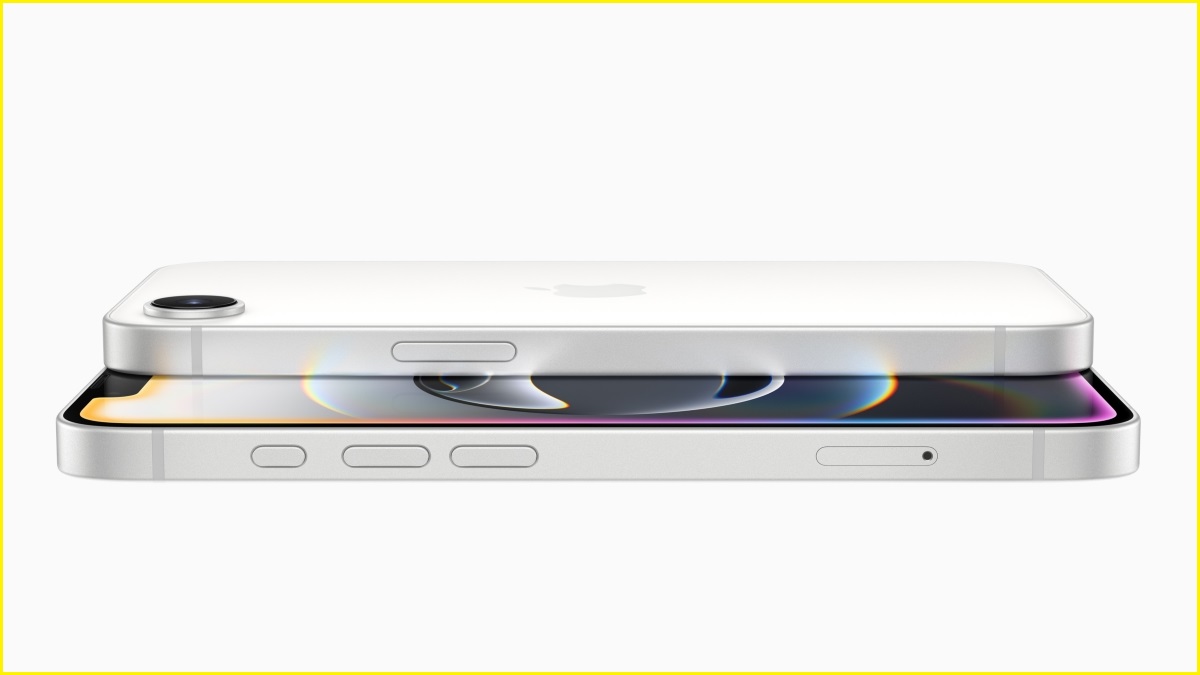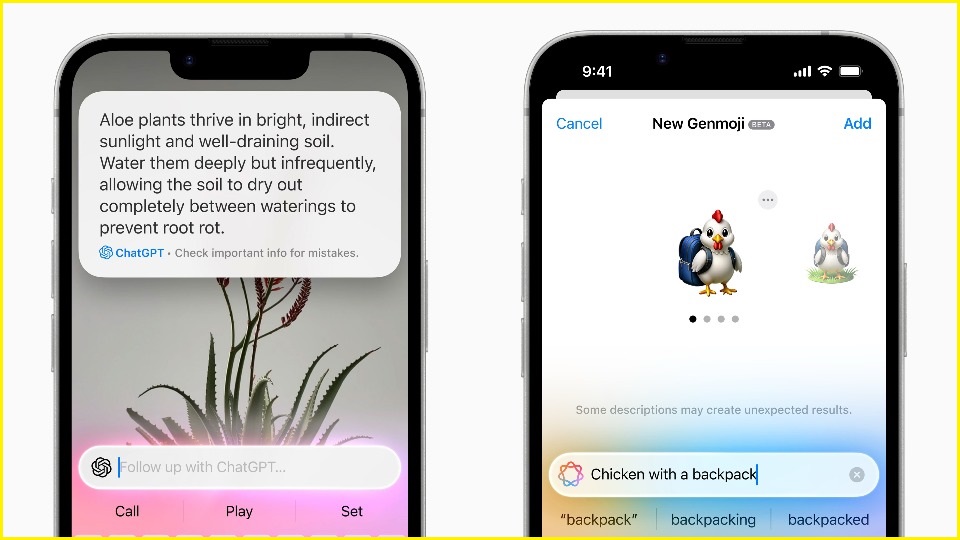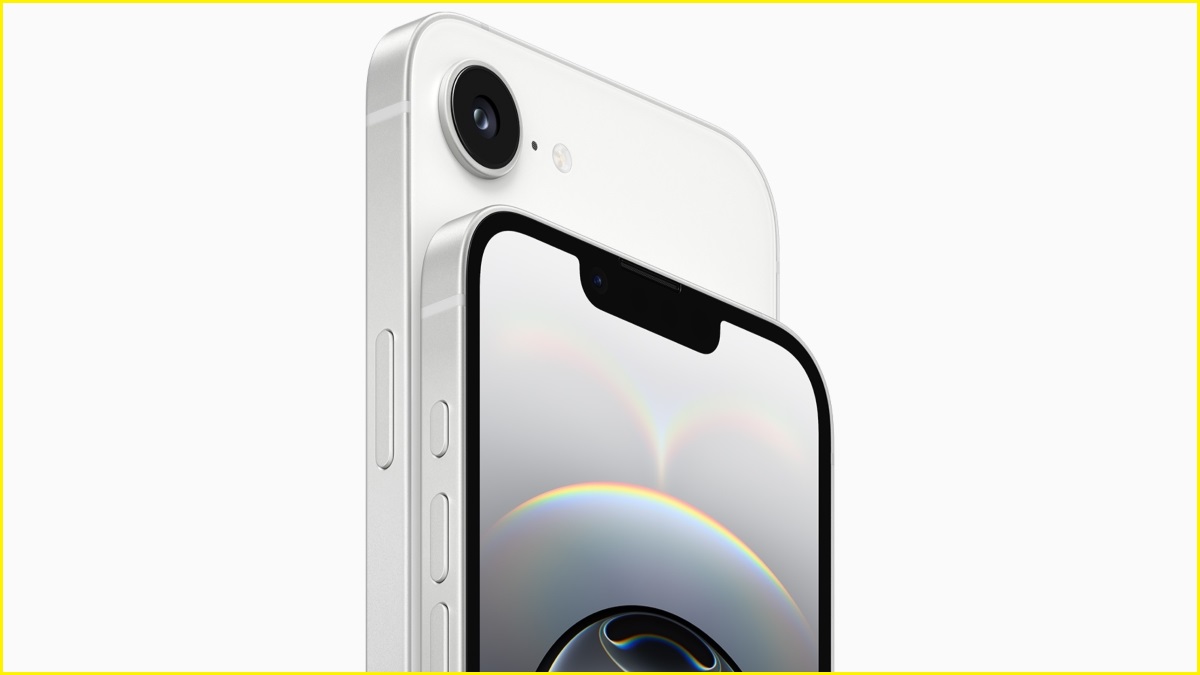Apple has announced a new iPhone 16e model will join its lineup this month, taking the place of the company’s previous ‘budget’ model the iPhone SE, which has now been discontinued.
While the latest iPhone SE started at $719 in Australia, the iPhone 16e will attract a higher base price of $999 when it is released on 28 February, Apple announced on Thursday.
At that price point, iPhone 16e will gain some key features over the SE such as a faster chip, Face ID authentication, Apple’s AI software Apple Intelligence, increased storage, and USB-C connectivity.
But as the cheapest current iPhone model, the 16e will go without features such as multiple rear cameras, colourful designs, Apple’s Dynamic Island, an Ultra Wideband chip, and the MagSafe standard for wireless charging and magnetic accessories.
iPhone 16e giveth …
The iPhone 16e will come equipped with Apple’s A18 chip, the same one used on the regular iPhone 16, but with a slightly weaker Graphics Processing Unit (GPU).
The new model will also be the first iPhone to use Apple's own C1 cellular modem, which the tech giant said would lead to improved power efficiency.
The development of the C1 has been seen as an attempt to reduce Apple's reliance on modem-maker Qualcomm, with the chip also expected to feature in the forthcoming iPhone 17 series later this year.

The iPhone 16e will begin at $999 in Australia. Image: Apple / Supplied
Compared to the iPhone SE, the iPhone 16e gains the same 6.1-inch OLED display seen on many non-Pro iPhone models since the iPhone 12, but with slightly lower peak brightness than recent models and a regular notch instead of the more recent Dynamic Island.
With the A18 chip, the C1 modem, and a larger battery, iPhone 16e would have "the best battery life ever on a 6.1-inch iPhone”, Apple said, touting up to 26 hours of video playback — which would put its efficiency above that of most iPhones since the iPhone 11.
The iPhone 16e will also be the cheapest iPhone with the ability to run Apple Intelligence, which is only available on the iPhone 15 Pro and up.
While Apple Intelligence has faced some rollout delays, feature rollbacks, and is technically still in Beta, Apple said more AI features would roll out “in the coming months”.
The company is yet to launch several improvements to Siri, which it said would allow the personal assistant to perform more actions within apps and have greater contextual awareness about a user's life and what is being displayed on their screen.
The standard iPhone 15, released in 2023 and still sold by Apple at a higher base price than the iPhone 16e, does not have Apple Intelligence features, as it has 2GB less RAM.

The iPhone 16e will run Apple's artificial intelligence software, Apple Intelligence. Images: Apple / Supplied
The iPhone 16e also marks the inevitable death of the Home Button (replaced by Face ID) and the Lightning connector (replaced by USB-C) on Apple’s iPhone lineup.
The 16e also gains the customisable Action Button Apple first added with the iPhone 15 Pro, and emergency satellite features such as Emergency SOS and the ability to send messages without cellular or Wi-Fi coverage.
Base storage has also risen to 128GB, up from 64GB on the iPhone SE, with 256GB of storage priced at $1,199 and 512GB at $1,549.
… and iPhone 16e taketh away
To maintain its lower price point, the iPhone 16e goes without some key features seen in other recent iPhone models.
Instead of having multiple rear cameras, iPhone 16e has a single 48-megapixel camera which Apple said had an integrated 2x Telephoto zoom.
“It is like having two cameras in one,” Apple said of its so-called Fusion camera.
The iPhone 16e is also available only in black or white, with no brightly coloured designs such as those seen on more expensive models.
While iPhone 16e will support Qi wireless charging up to 7.5W, it will not work with the MagSafe wireless charging standard (which goes up to 15W), and is thereby not compatible with accessories such as magnetic MagSafe cases and wallets.
The iPhone 16e also goes without an Ultra Wideband chip, which enables features such as precision tracking of Apple AirTags and other devices, nearby AirDrop detection when two phones are next to each other, HomePod audio handoff, and compatibility with some digital car keys and door locks.
Industry analysts estimated the iPhone SE's contribution to Apple's portfolio had dropped to somewhere between 1 and 5 per cent in 2024, since its latest update in 2022.
The company also reduced the prices of its newest iPhone models in Australia last year, but not in the United States.
As Apple prepares to unveil its iPhone 17 lineup later in 2025, the company is also reportedly preparing a thinner new model potentially dubbed the iPhone 17 Air.










